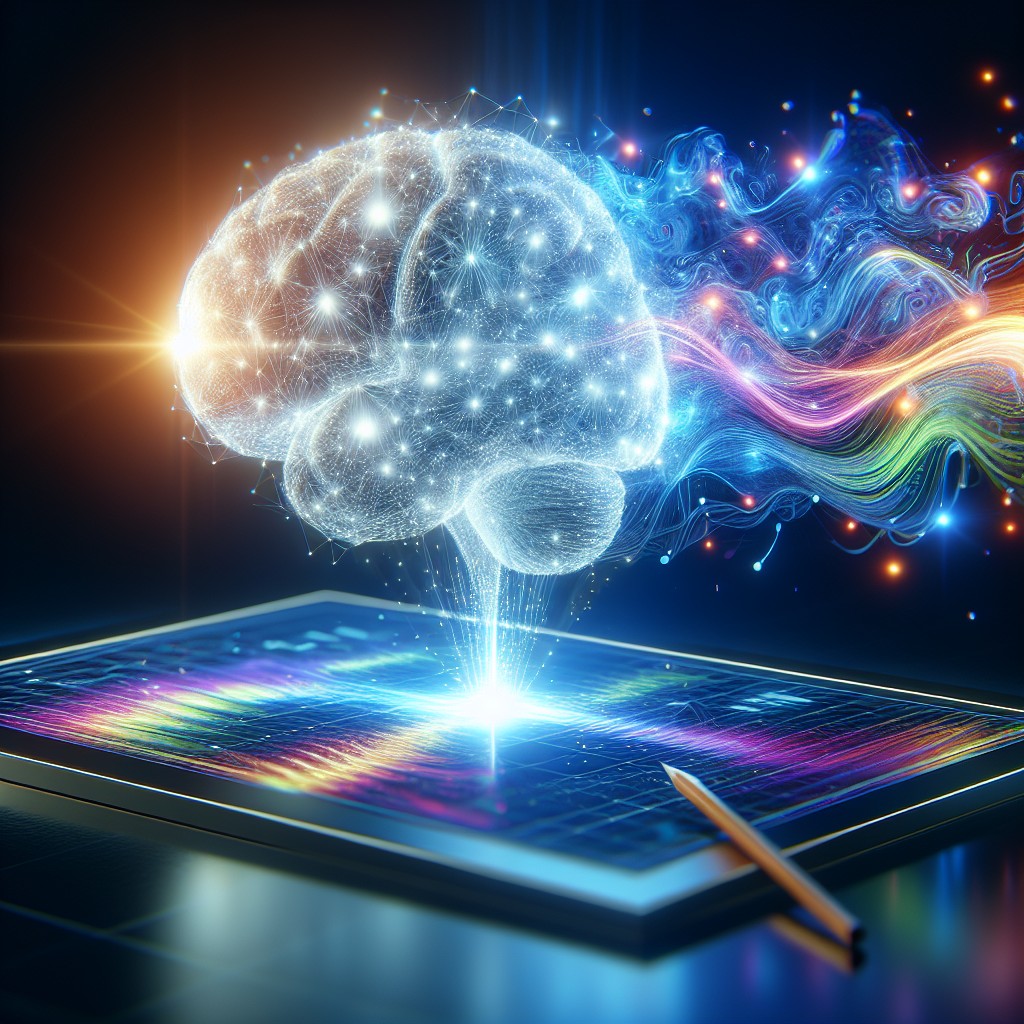Generative Artificial Intelligence (AI) has been making significant advancements in the field of visual effects, revolutionizing the way in which filmmakers and artists create stunning visuals for movies, video games, and other forms of media. Harnessing the power of generative AI for visual effects has opened up a world of possibilities, allowing for the creation of realistic and captivating imagery that was previously thought to be impossible.
What is Generative AI?
Generative AI refers to a type of artificial intelligence that is capable of creating new content, such as images, videos, and text, based on a set of parameters or inputs. Unlike traditional AI models that are designed to perform specific tasks, generative AI is able to generate content that is entirely new and unique.
One of the key technologies that powers generative AI is Generative Adversarial Networks (GANs). GANs consist of two neural networks – a generator and a discriminator – that work together to create realistic images. The generator creates images based on random noise, while the discriminator tries to distinguish between real images and fake images generated by the generator. Through this process, the generator learns to create increasingly realistic images, leading to the creation of high-quality visual content.
How is Generative AI Used in Visual Effects?
Generative AI is being used in a variety of ways in the field of visual effects, including:
1. Image Synthesis: Generative AI can be used to create realistic images of landscapes, characters, and objects that can be used in movies, video games, and other forms of media. By training GANs on large datasets of images, artists and filmmakers can generate new content that is visually compelling and lifelike.
2. Video Synthesis: Generative AI can also be used to create realistic videos and animations. By training GANs on video datasets, filmmakers can generate new video content that is dynamic and engaging. This technology is particularly useful for creating special effects and CGI sequences in movies and television shows.
3. Style Transfer: Generative AI can be used to transfer the style of one image onto another image. This technique is commonly used in visual effects to create unique and artistic visual effects. By applying style transfer algorithms to images, artists can create visually striking effects that enhance the overall look and feel of a project.
4. Image Editing: Generative AI can also be used for image editing purposes. By training GANs on image datasets, artists can manipulate images in a variety of ways, such as changing colors, adding textures, and applying filters. This technology allows for quick and easy editing of images, saving artists time and effort.
Benefits of Using Generative AI for Visual Effects
There are several benefits to harnessing the power of generative AI for visual effects, including:
1. Time and Cost Savings: Generative AI can significantly reduce the time and cost associated with creating visual effects. By automating the process of generating images and videos, artists can focus on other aspects of their projects, leading to faster production times and lower production costs.
2. Creativity and Innovation: Generative AI enables artists to explore new creative possibilities and push the boundaries of visual effects. By using GANs to generate new content, artists can create visually stunning imagery that is unique and original, leading to innovative and groundbreaking visual effects.
3. Realism and Authenticity: Generative AI can create images and videos that are incredibly realistic and authentic. By training GANs on large datasets of images, artists can generate content that is indistinguishable from real footage, enhancing the overall quality and believability of visual effects.
4. Flexibility and Customization: Generative AI allows artists to customize and manipulate images and videos in a variety of ways. By using GANs to generate content, artists can easily adjust colors, textures, and styles to create the desired look and feel for their projects. This level of flexibility and customization is invaluable in the field of visual effects.
FAQs
Q: Can generative AI be used for creating 3D visual effects?
A: Yes, generative AI can be used for creating 3D visual effects. By training GANs on 3D models and datasets, artists can generate realistic 3D imagery that can be used in movies, video games, and other forms of media.
Q: What are some limitations of generative AI for visual effects?
A: While generative AI has many benefits, there are some limitations to consider. For example, generative AI models can be computationally expensive to train and require large datasets of images to produce high-quality results. Additionally, generative AI may struggle with generating content that is highly detailed or complex.
Q: How can artists and filmmakers incorporate generative AI into their workflow?
A: Artists and filmmakers can incorporate generative AI into their workflow by using pre-trained models and tools that are available online. Additionally, they can train their own GANs on specific datasets to generate custom content for their projects. By experimenting with different techniques and approaches, artists can harness the power of generative AI to create stunning visual effects.
In conclusion, generative AI is a powerful tool that is transforming the field of visual effects. By harnessing the power of GANs and other generative AI technologies, artists and filmmakers can create realistic, innovative, and captivating imagery that pushes the boundaries of visual storytelling. As generative AI continues to evolve and improve, the possibilities for creating stunning visual effects are endless.

